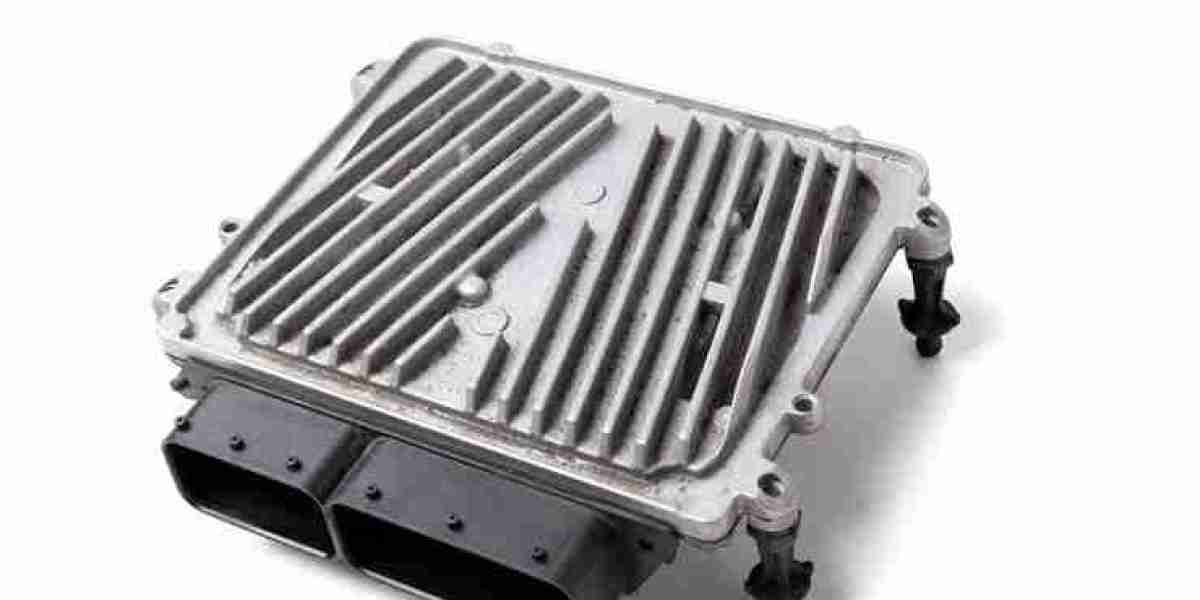The automotive heat exchanger market is experiencing rapid transformation due to growing vehicle electrification, stringent emission norms, and demand for efficient thermal management systems. Heat exchangers play a pivotal role in maintaining optimum operating temperatures across engines, batteries, and HVAC systems, making them indispensable for both internal combustion engine (ICE) vehicles and electric vehicles (EVs). With EV adoption projected to cross 40% of new vehicle sales by 2030 globally, the demand for compact, high-efficiency heat exchangers is expected to soar. These components are crucial for managing the thermal load of electric powertrains, batteries, and power electronics, highlighting a significant shift in the automotive thermal landscape.
Emerging technologies such as phase-change materials, integrated thermal circuits, and two-phase cooling systems are expanding the potential of next-generation heat exchangers. Automakers are increasingly collaborating with thermal system innovators to enhance component efficiency and reduce space and weight without compromising performance. Additionally, the rise in hybrid powertrains and demand for comfort features such as advanced HVAC further amplify the need for highly specialized heat exchangers, ensuring year-round passenger comfort and performance optimization. This confluence of innovation and market necessity is propelling heat exchangers into the spotlight of automotive engineering evolution.
EV Integration Fuels the Growing Need for Thermal Innovation
As the electric vehicle market expands, so does the need for advanced thermal management solutions. EV batteries are sensitive to temperature fluctuations, making effective heat exchanger systems essential to prolong battery life and ensure safety. Battery cooling plates, coolant-cooled condensers, and integrated thermal modules are witnessing rising adoption. The automotive heat exchanger market is tapping into this potential by developing dedicated EV thermal architectures that optimize energy use and extend vehicle range. This demand has opened avenues for materials innovation, such as aluminum-based multi-port extruded tubes and brazed plate exchangers, which offer lightweight and corrosion-resistant solutions tailored to the unique demands of electric mobility.
Regulatory Norms Drive Demand for Efficiency and Emission Reduction
Stringent global regulations regarding vehicle emissions and fuel economy are influencing OEMs to adopt better thermal management practices. Heat exchangers directly contribute to energy savings by maintaining efficient combustion conditions and minimizing thermal losses. This is especially relevant in hybrid electric vehicles (HEVs) where heat management impacts not only the engine but also auxiliary systems like regenerative braking and electric motors. European and North American standards targeting CO₂ emissions are indirectly boosting innovation in heat exchanger design, making them more compact, integrated, and multi-functional. Companies are investing in research to reduce pressure drops and enhance thermal conductivity to meet new vehicle platform needs efficiently.
Passenger and Commercial Vehicle Segments Show Distinct Growth Patterns
The market potential varies across different vehicle types. In passenger vehicles, there's rising demand for compact, noise-reducing, and lightweight heat exchangers. Innovations in microchannel heat exchangers and smart HVAC systems are being implemented to meet user expectations for comfort and performance. Meanwhile, in commercial vehicles, robust and large-capacity exchangers are required to endure prolonged operation and heavier thermal loads. Heavy-duty trucks and buses are incorporating advanced charge air coolers and oil coolers that ensure optimal performance under rigorous conditions, contributing to improved fuel economy and component longevity.
Asia Pacific Leads the Market with Surging Automotive Production
The Asia Pacific region, particularly China, Japan, and India, holds the largest share of the automotive heat exchanger market due to high vehicle production and the rapid shift toward EVs. China's "Made in China 2025" initiative has also encouraged the local development of thermal components to support its massive EV infrastructure. Japanese automakers are leading in hybrid thermal technology innovations, while India is increasingly adopting local heat exchanger manufacturing to support its rising domestic automotive demand. This regional momentum further underlines the global potential of the automotive heat exchanger market in contributing to cleaner, more efficient mobility solutions.
Key Players Focus on Modular Design and Lightweight Engineering
To tap into the emerging potential of this market, major players such as Denso Corporation, Mahle GmbH, Modine Manufacturing, Valeo, and Hanon Systems are focusing on modular, scalable, and customizable heat exchanger solutions. The aim is to cater to diverse OEM requirements while enabling faster time-to-market. These players are also investing in next-gen technologies such as CO₂-based refrigerant systems and heat pumps suitable for EVs, further pushing the potential of this sector into high-growth territory.
Conclusion: A Market Driven by Electrification and Efficiency
The automotive heat exchanger market is evolving into a cornerstone of vehicle efficiency, safety, and sustainability. With global trends pointing toward electrification, climate control sophistication, and regulatory compliance, the potential for growth remains robust. As innovation accelerates and production scales globally, the heat exchanger segment will continue to adapt and deliver vital solutions to meet the automotive sector’s future-ready needs.




